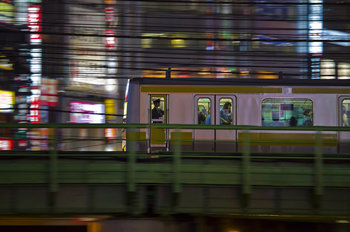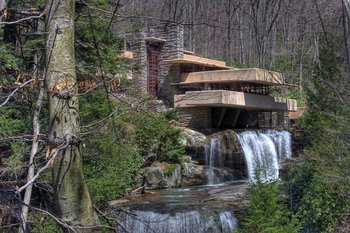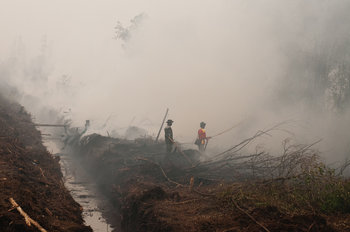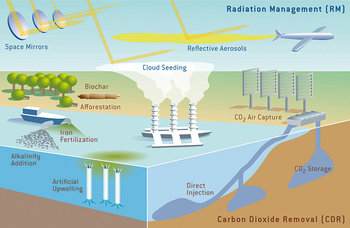
Employment
A diverse employment base with neighborhood jobs that don't require a long commute.Local Environment
Reducing the local impact of global environmental issues with techniques such as green space and sea walls.Global Environment
Finding local solutions that reduce or eliminate a city's contribution to global environmental issues.Energy Independence
Use of energy from local renewable energy sources and techniques such as passive design. Reduces or eliminates exposure to global energy shocks.Local Food
Producing food locally improves resilience to global food shortages or supply chain disruptions.Architectural Engineering
Buildings and infrastructure that are engineered to survive earthquakes, tsunami, hurricanes and other disasters.Wet Infrastructure
Resilient water infrastructure to prevent floods and droughts.Mixed Use Neighborhoods
Neighborhoods with a wide range of spaces and services all within walking distance of each other. Reduces the need to travel to get to work, go to school, shop and pursue interests.Self Sufficiency
Neighborhoods, buildings and residences that are self sufficient using techniques such as vertical farming, rainwater harvesting, passive design and active solar energy.Connection And Integration
Cities that are highly connected with infrastructure such as water services, electric grids, transportation links, communication and technology infrastructure.Inclusion
Openly engaging all city residents to discover and address needs such as access to clean water, healthy food, a safe and stimulating environment, education, healthcare and employment.| Overview: Resilient Cities | ||
Type | ||
Definition | The design of cities to endure physical, social and economic shocks and stresses. | |
Related Concepts | ||






























